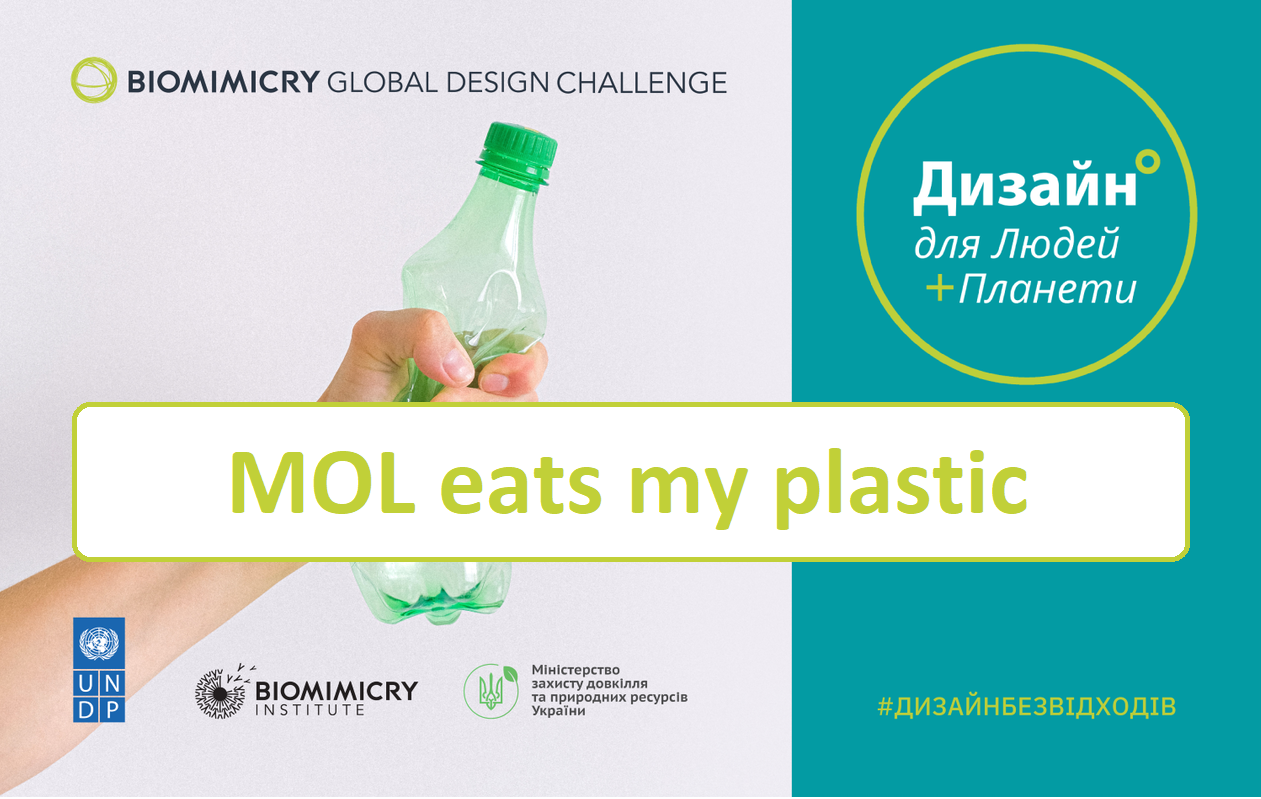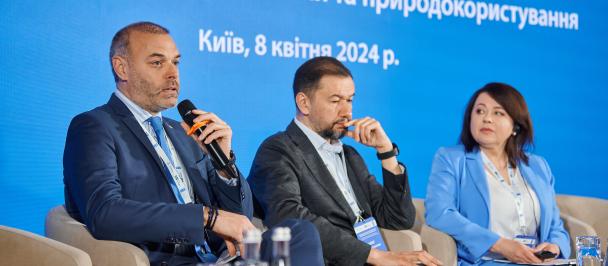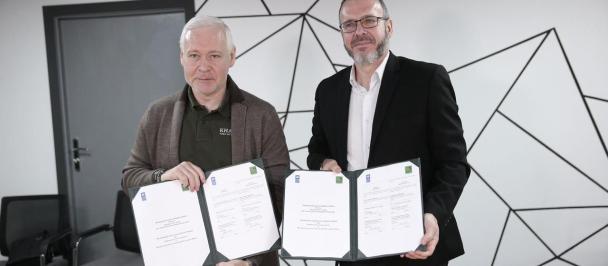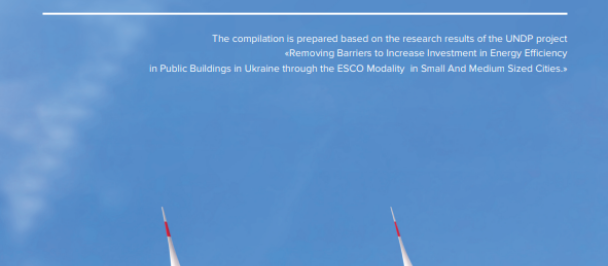The idea of using the larvae of the greater wax moth to handle plastic waste has been selected by the Biomimicry Institute (United States) as one of 12 finalists from 92 teams applying in the contest this year.
Illustration: UNDP Ukraine
Lviv biomimicry innovation team MOL, which participated in the Ukrainian national round of the Biomimicry Global Design Challenge, has been selected as one of the 12 finalists of the competition.
The United Nations Development Programme (UNDP) in Ukraine, in cooperation with the Biomimicry Institute (based in Missoula, Montana, in the United States) for the second year in a row organized a Ukrainian national round of the challenge to encourage the generation of solutions that employ biomimicry, a discipline that studies natural models – imitating them, or using them as inspiration for the creation of products and processes to solve humanity's problems.
Finalist MOL’s winning idea is based on the fact that great wax moth caterpillars can eat plastic, leading to interesting sustainability applications. The MOL team is looking to selectively breed wax moth caterpillars to become more efficient plastic decomposers. Additionally, the team of scientists are studying the enzymes that allow the larvae to break down the plastic, and they aim to artificially synthesize the compound for use in chemical recycling. By working with and learning from wax moth caterpillars, MOL has a potential solution to the plastic crisis.
Jared Yarnall-Schane, the Biomimicry Institute’s Entrepreneurship Director, said that the submissions and selected finalists for this year’s Biomimicry Global Design Challenge show that innovators from around the world are focused on solving local climate problems by learning from the adaptations and resilience of local organisms and ecosystems.
“The finalists were selected based upon their biomimicry designs, and the potential for their solutions to solve real-world challenges,” he said.
Manal Fouani, the United Nations Development Programme’s Deputy Resident Representative in Ukraine, said the Biomimicry challenge harnessed solutions ready evolved by nature.
"After all, there’s no waste in nature – it’s in harmony with itself,” she said, “With the help of the National Challenge to find Innovative Solutions in the Logic of Biomimicry, we’re sowing the seeds of nature-based solutions in Ukraine. Let's learn from nature so we can keep living on a better planet."
Combined with other green UNDP projects, the development of biomimicry innovations could accelerate the creation of a new green and fair economy in Ukraine and abroad. This year the biomimicry project, which included an online course, challenge, and the incubation of initiatives, selected teams to compete in the final of the Biomimicry Global Design Challenge competition (read more about it here).
Background
The National Biomimicry Competition was organized by UNDP Ukraine Accelerator Lab and the Biomimicry Institute (USA), in partnership with state and academic institutions, as well as NGOs, Ukraine’s business community, local authorities and universities. Three competition finalists were picked by an expert panel to represent Ukraine in the Biomimicry Global Design Challenge 2021.
The Biomimicry Global Design Challenge provides an opportunity for university students and young professionals to gain hands-on experience with biomimicry—to do design, not just study it. Through free resources such as the Biomimicry Toolbox, webinars, design briefs, and mentorship, teams learn and practice the fundamentals of biomimicry and create bio-inspired solutions aligned with nature and the UN’s Sustainable Development Goals.
Follow this link find out more about the Biomimicry Challenge and innovations inspired by nature.
Media enquiries
Yuliia Samus, UNDP Ukraine Communications Team Leader at Yuliia.Samus@undp.org, +380971391475

 Locations
Locations




